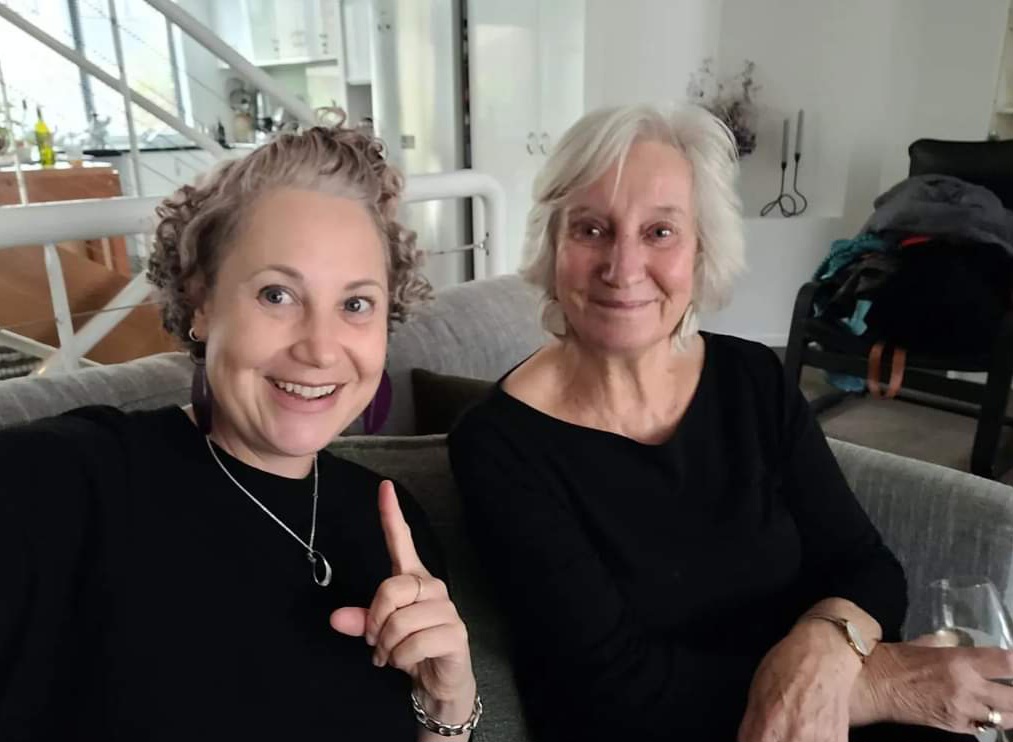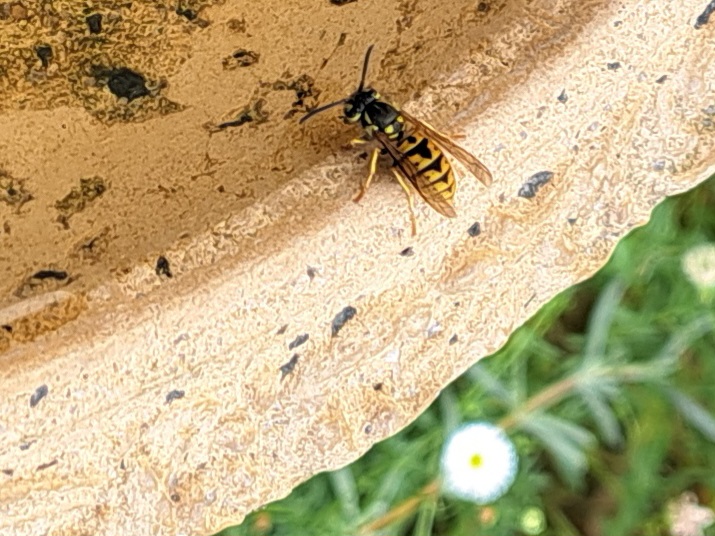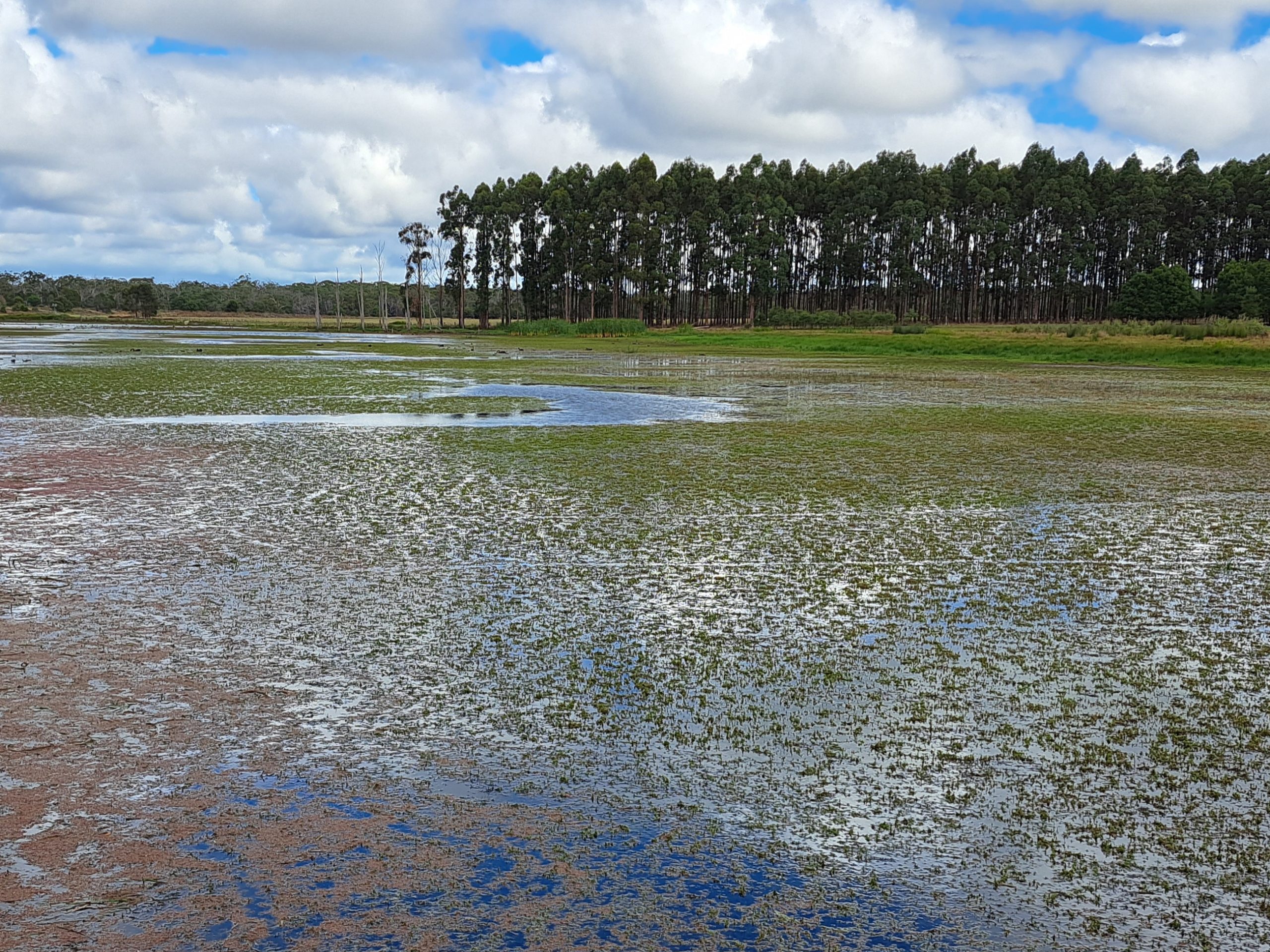Photostory
In Australia and California, weeping brooms (Retama raetam or Genista raetam), sometimes called bridal veil broom, are considered a weed because they are drought-tolerant and produce thousands of seeds that are carried by birds over long distances. On websites such as Weeds of Australia and NSW Weedwise there are only brief descriptions but, with a little more searching, I discovered that white broom is a desert tree native to Israel and found in the Judean Desert, Galilee, the Dead Sea Valley and Samarian mountains.
The botanical information on the Wildflowers of Israel site is eloquent: the plant is covered in dense silk hairs, its thin flexible branches (fronds really) are silvery green and its roots penetrate desert soils to a great depth, reaching water “even when the upper soil layers have dried”. Retama raetam blooms have a calyx with two dark purple lips, while the lower lip is somewhat elongated and has three teeth. Filaments of the stamen disperse their pollen by ‘explosion pollination’ and the scent of the flower attracts insects, especially bees.
I loved my tree’s weeping fronds, cork-like trunk and branches. To me it was the most romantic tree with its tiny white flowers and deep pink highlights – probably the purple colour mentioned on the wildflower site – thickly clustered along the fronds. I can almost remember saying “take a picture of me here” and my big sister with the Voigtlӓnder camera would have obliged, which explains my satisfied smile.
For many adults, an encounter with the fragrance of a particular flower immediately evokes memories of home. In their book Reading the Garden, Holmes and Martin talk to someone who encountered the smell of a flower in the garden of her newly rented house and said her childhood was the remembered garden, as it was where she spent so much time and there was always “a tree to talk to”. Although her that garden no longer exists, it is alive to her “in memories, in dreams and through ‘re-creations’ at her subsequent homes”. Which is perhaps why literary critic Valerie Krips suggests that the garden is an archive of a gardener’s history, associations and culture.
In my childhood garden there was a circle of coconut palms with unmown grass beneath them. This was where the neighbour’s children and I invented a game in which we came to an island where ‘no white man had ever set foot’ (if only :). The canvas blinds on the veranda were lowered and raised like the sails of a ship before we descended the front steps to that wilder part of the garden near the dense hedge, in which things could be hidden. There were also native flowers: my mother planted perfumed brown and gold boronia (Boronia megastigma) and wax flower (Crowea angustifolia), both Western Australian wildflowers, in the large garden outside the window of the bedroom where I slept when I was older.
Landscape architect Mark Francis has researched the meaning and significance people attach to gardens and found that childhood memories link to both the present and to ideal garden relationships. He writes “for many adults, the decline of natural qualities such as wildness results in a form of grieving for a lost garden and a disconnection from nature” and suggests that contemporary garden design, particularly for children, should include water, a small meadow, hiding places and habitat that attracts other living things such as birds and insects. Or that gardeners aim for what Sarah Stein refers to as ‘ungardening’ – that is, just letting the garden evolve.
And that is what is happening in The Ragged Garden as flowering plants seed in the gravel, violets creep onto the designated parking area, and the trailing branches of the Gleditsia trees droop toward the curb to interfere with people parking their cars. Francis writes: “As increasing ecological concern and expanding cultural expression further invade the garden, they will become richer and healthier places for everyone”. . . . an idea he expressed 20 years ago.
[For more about the Ragged Garden see my Photostories in Aug, Oct, Nov, 2022]
Mark Francis. “Childhood’s Garden: Memory and Meaning of Gardens” in Children’s Environments vol. 12 n. 2 (June 1995), pp. 183-191.
Sarah Stein. Noah’s garden: Restoring the ecology of our own backyards. New York: Houghton Mifflin Company, 1993.
Valerie Krips. The Presence of the Past: Memory, Heritage, and Childhood in Postwar Britain. New York: Garland Publishing, 2000.








Leave A Comment